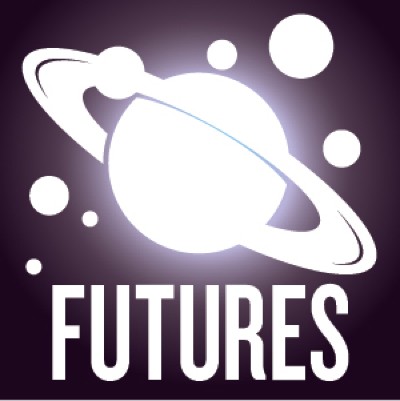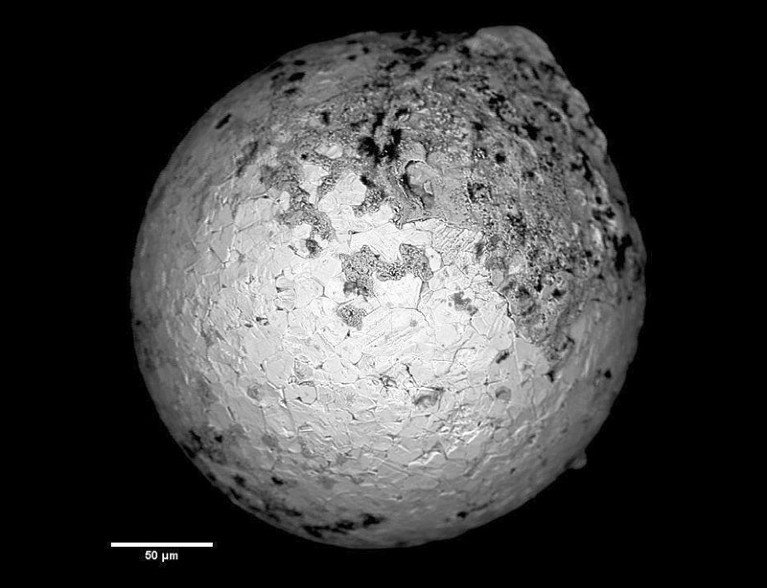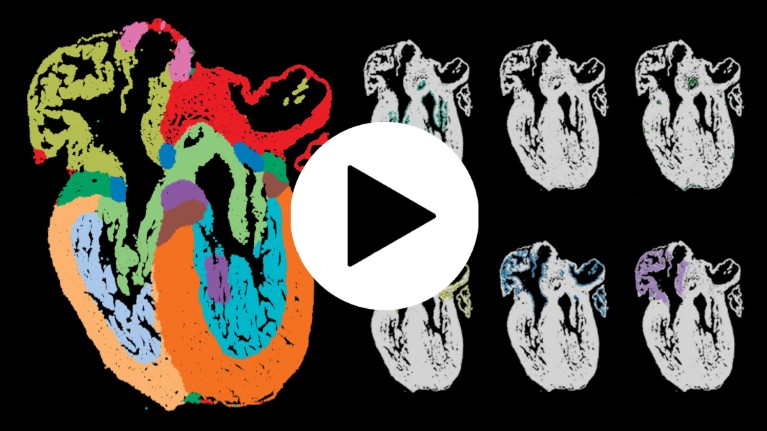[ad_1]
She was taller than me. Prettier and with better muscle tone. Shinier hair and perfect skin and teeth. Which was odd because she claimed she was me — from the future.
“Mmmmf!” I said.
“Sorry about the gag. Let me loosen it.”
“What the hell!? You’re here to kill me — won’t that kill you, too?”
She rolled her eyes. “No, it didn’t. I’m here, aren’t I?”
I scoffed. “I might not be a time-travelling assassin supermodel —”
“Yet,” she interjected with a smile.
“— but even I know that’s impossible. It’s a time whatchamacallit … a paradox!”
Read more science fiction from Nature Futures
She leant forward with a gleam in her eyes like I was 101 puppies, and she was in the market for a winter coat. “Yes, exactly! I need a paradox, a large one. Killing myself is the biggest event I can put into motion at such short notice.”
I struggled against the plastic straps that bound my hands behind my kitchen-table chair. “That doesn’t make any sense!”
“Sorry, I don’t have the time to explain the general theory of paradoxity or walk you through my calculations.”
“Calculations about what?” I asked — as long as I kept her talking, she wasn’t murdering me.
“About how much energy the death will release. Don’t worry — it will have been enough.”
“Energy for what?”
She let out an exasperated sigh. “Let me make it simple: what’s the biggest paradox you’ve heard of?”
“I don’t know — everything I say is a lie?”
“No, that just means you don’t understand set theory. The greatest one is existence itself: why is there something instead of nothing? It gave rise to everything, and — together with other, smaller paradoxes — keeps everything going.
“Uh huh,” I said, humouring my future self.
“But those bastards from the CCCCCC — the Chronological Continuum Consistency Coordinated Consortium Confederacy — are obsessed with timescape integrity. They’ve pushed my team back everywhen, undoing our efforts to make the timeline a better place to live in. They will even make sure World War Three — which we’d managed to avoid, you’re welcome — will begin right on time next Tuesday. I need to finish them once and for all. They’re out of control. They’ll go too far back; undo the Paradox of Life itself —”
“Life’s a paradox?”
“Duh!” — I hadn’t realized how obnoxious it is when I do that — “Why else would dumb, entropic matter organize itself into something that can laugh, love and fart?”
I looked around and saw an old family picture. “Why kill me? Wouldn’t killing somebody like … not mum or dad, um … would grandma Georgina work? We never liked her.”
“No, we didn’t. Remember the haircut incident in third grade?” She chuckled softly. “But no, sorry, it must be me, or it won’t have enough juice. A tight timeloop like this should release ten-to-the-twelfth-power chronojoules. The CCCCCC bastards will never see it coming!”
I grasped for something, anything to distract her. “Aren’t you supposed to be older? Why do you look better than me?”
She looked down at her body. “It’s a back-echo of the energy release. It rearranges nearby systems into their optimal state. And this,” she waved at herself, “is more optimal than, well, that.” She pointed at me.
“Thanks so much for taking the time to insult me before killing me.”
“No problem.” She looked at some glowing numbers on her wrist. “This will have been fun but time has run out of time — we have to do this now.”
She pulled out a knife and slipped behind me.
“Stop!” I said, but she didn’t. I felt something shift and fell forward. There was a flash of something much brighter than ordinary light could ever be.
My hands weren’t tied behind me any more. I leapt up, trying to remember the three weeks of taekwondo I’d taken back in high school — and hoping she didn’t. I turned and saw a hotter version of myself lying on the floor with a gash on the side of her throat. Blood was spreading out on the white carpet my ex-boyfriend had picked out. Good, I never liked it, or him — wait, why was I still breathing?
I looked down — my body had changed. I looked like her now. I felt the energy and knowledge move through me. I knew what I had to do — fight those bastards from the CCCCCC and win.
There was just one thing I didn’t understand. I knelt beside her. “This doesn’t make any sense. I thought you had to kill me?”
She looked up with a small, weak smile. I leant in to hear her say, “If it made sense, it wouldn’t be a paradox, would it?”
[ad_2]
Source Article Link





